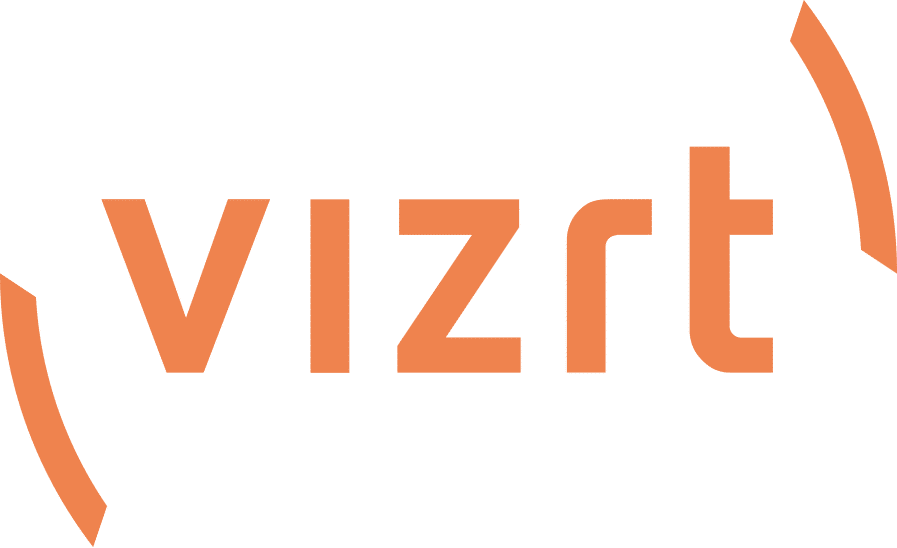Viz One Production Workflow Management is always about various types of workflow solutions for different customer use cases.
For archive workflows, the Viz One 7.1 release integrates with AWS’s new Deep Archive storage tier and life-cycle policy management for more efficient utilization of cloud storage. Segmenting content based on life-cycle policies in deep archive storage helps reduce the total cost of ownership for archiving.
Remote editorial functionality is further enhanced with increased integration between Viz One and Viz Story. The Viz Story 2.1 and Viz One 7.1 releases introduces single sign-on to enable a more robust security implementation for managing local and remote users. With Viz Story single sign-on, local and remote users can access a Viz One system with a secure connection for added user security. Viz Story and Viz One users can now take advantage of new support for serving and storing MPEG-DASH video on Amazon S3 cloud storage. This support enables collaborative remote editing as proxies can be accessed from any geographic location, and the S3 storage achieves additional cost savings.
Vizrt Sports workflows can be extended for clubs and federations to utilize and integrate Opta sports event data for logging sports event data against the game and match footage. Users can quickly search and locate specific events during the game for shot selection to be used during the editorial process. Timelines can easily be created within Viz Story for highlight reels which can then be published to multiple destinations including social media platforms for increased monetization and fan engagement. The Helix workflow orchestration component automates tasks using Opta data integration to enable content enrichment, increase productivity, and provide fast turnaround of production elements.
Viz One 7.1
Deep Archive:
Using the new Deep Archive functionality provided by Amazon for storing rarely used media files provides a cost saving compared to S3 and Glacier by around 20%. A reduction in the total cost of ownership for a Viz One system, makes it more competitive for customers with large archives.
Storing and serving MPEG-DASH on S3:
The functionality of MPEG DASH delivered as the default proxy format for Viz One and Viz Story since the Viz One 6.3 and Viz Story 2.0 releases has been extended. Storing and serving this proxy format reduces Infrastructure costs The MPEG DASH integration includes playback of proxies from S3. The primary use case for the proxy integration is remote editorial workflows.
Transcoder handling across zones:
There is an increased need to have Viz One systems distributed geographically or to be deployed in hybrid cloud / on premise setups. By creating a distributed transcode layer users can reduce the instances of transcode services at regional or local offices needed to create proxies for collaboration across multisite environment. This implementation provides increased efficiency in the use of transcoding resources, and a greater degree of flexibility in configuring how systems use these resources. In cloud deployments, these improvements also represent the potential for cost reduction.
Additional improvements have been made in Viz One 7.1 with the introduction of monitoring multiple audio channels within Studio and metagraphics indicators for graphics content. There is a migration path from legacy DB2 to PostgreSQL databases.
Further enhancements have been made for Adobe Premiere editing workflows with support for log track data coming from Viz One.
Viz Story 2.1
With the Viz Story 2.1 release, journalists can now perform multiple takes for voice-overs directly on the timeline without the need for an external application. Voice-over tracks can then be further enhanced with Viz Story’s audio capabilities like rubber banding and audio level adjustments.
With the introduction of live source preview, journalists can monitor and edit multiple live incoming video streams directly into the Viz Story timeline with growing file support. The preview functionality enables more efficient journalist workflows and reduces production times.
Single sign-on with Viz One improves security and user management. Asset relation back into Viz One provides tracking relations and management of content between Viz Story and Viz One. Social media publishing to YouTube has been added along with publishing to FTP and file systems (disk).
Helix
Helix is a workflow orchestration component for Viz One used by teams to create new processes and automate tasks with rules. Helix makes production jobs more efficient by automating file imports, permissions, and more from an easy to use modeling interface for creating new processes and automated rules that can be deployed in a manner of minutes.
Users can handle new content by extending and adapting import, automation, and metadata as well as managing the rights of processes with Helix. The workflow orchestration enables adapting to new business by increasing the responsiveness to changing requirements and with the ability to easily make significant production changes. Helix promotes self-sufficiency by not requiring programming knowledge and having to budget for external services. Users maintain, adapt and improve the system themselves. Helix is a tool that makes everything simple for organizations to understand and influence so deploying new versions of processes is flexible and easy.
With the new task list capabilities in the Helix 2.0 release, additional workflow efficiencies can be achieved with management and work allocation, by assigning specific tasks to individuals. Task management increases production accessibility with any member of staff being able to collaborate. The impact and control offered for organizational management to make well informed and rapid workflow decisions is significantly enhanced. Decreasing the need for manual task prioritization makes workflows faster, simpler, and more streamlined.
Opta football sports data integration enriches content and offers more opportunities for monetization. Automation of tasks increases productivity and provide faster turnaround of sports productions.
Further information can be found at http://docs.vizrt.com/broadcast.html


